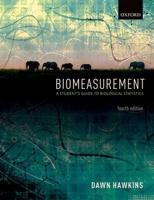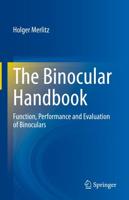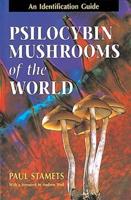Publisher's Synopsis
Today, it is difficult to imagine all spheres of human activity without personal computers, solid-state electronic devices, micro- and nanoelectronics, photoconverters, and mobile communication devices. The basic material of modern electronics and for all of these industries is semiconductor silicon. Its properties and applications are determined by defects in its crystal structure. However, until now, there has been no complete and reliable description of the creation and transformation of such a defective structure. This book solves this mystery through two different approaches to semiconductor silicon: the classical and the probabilistic.
This book brings together, for the first time, all existing experimental and theoretical information on the internal structure of semiconductor silicon. It will appeal to a wide range of readers, from materials scientists and practical engineers to students.










